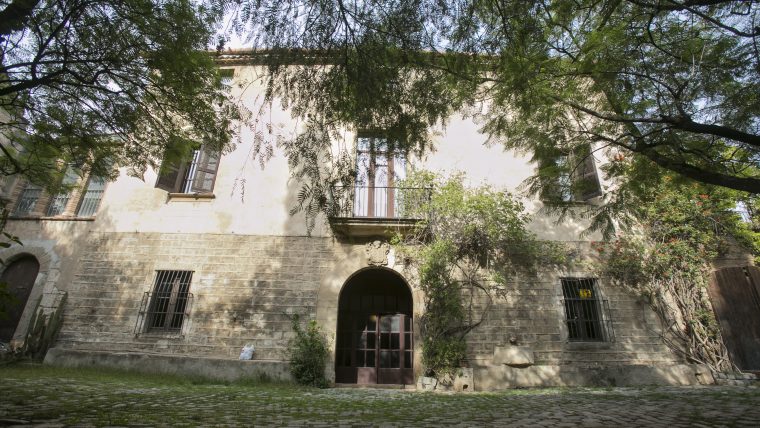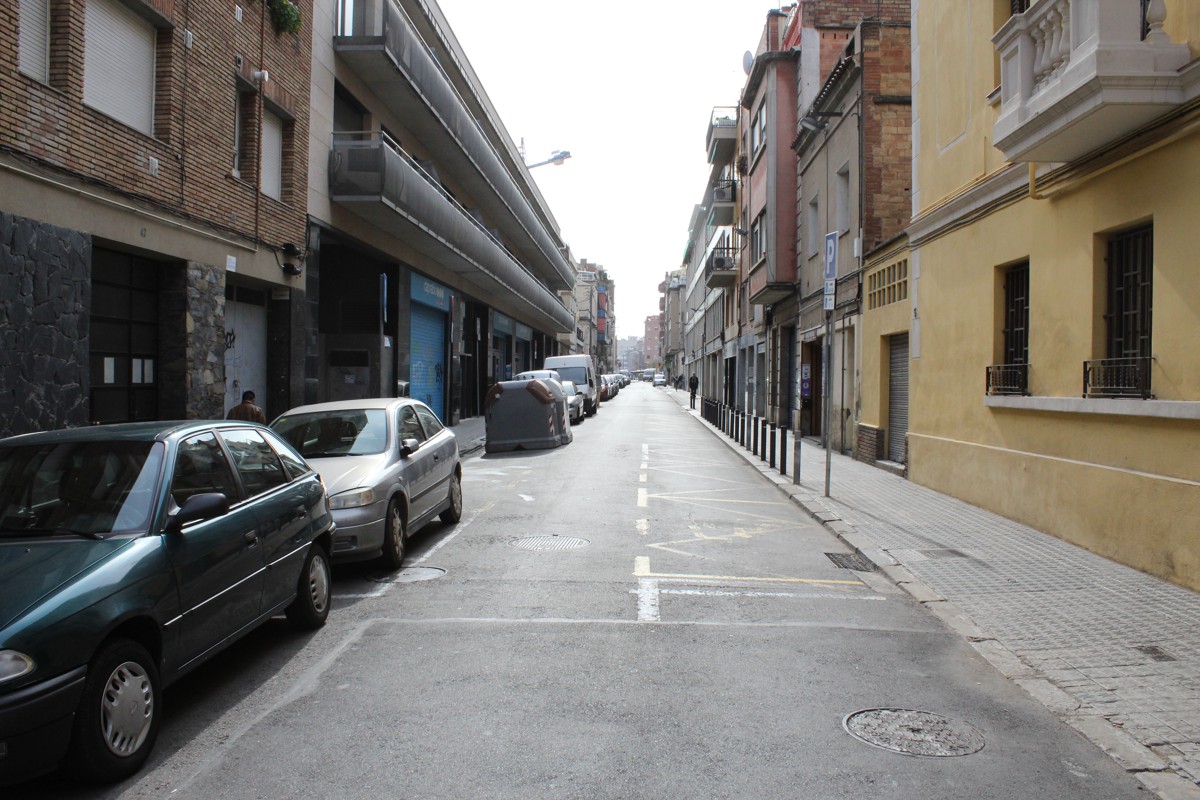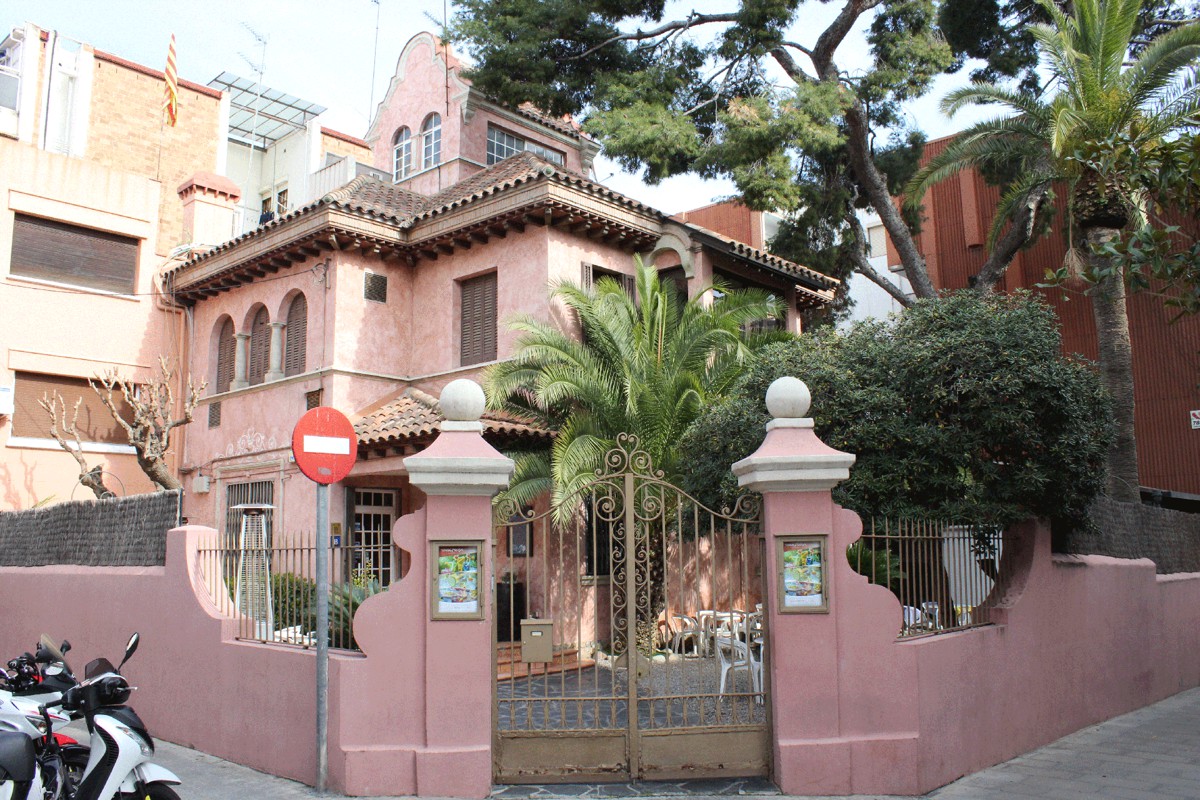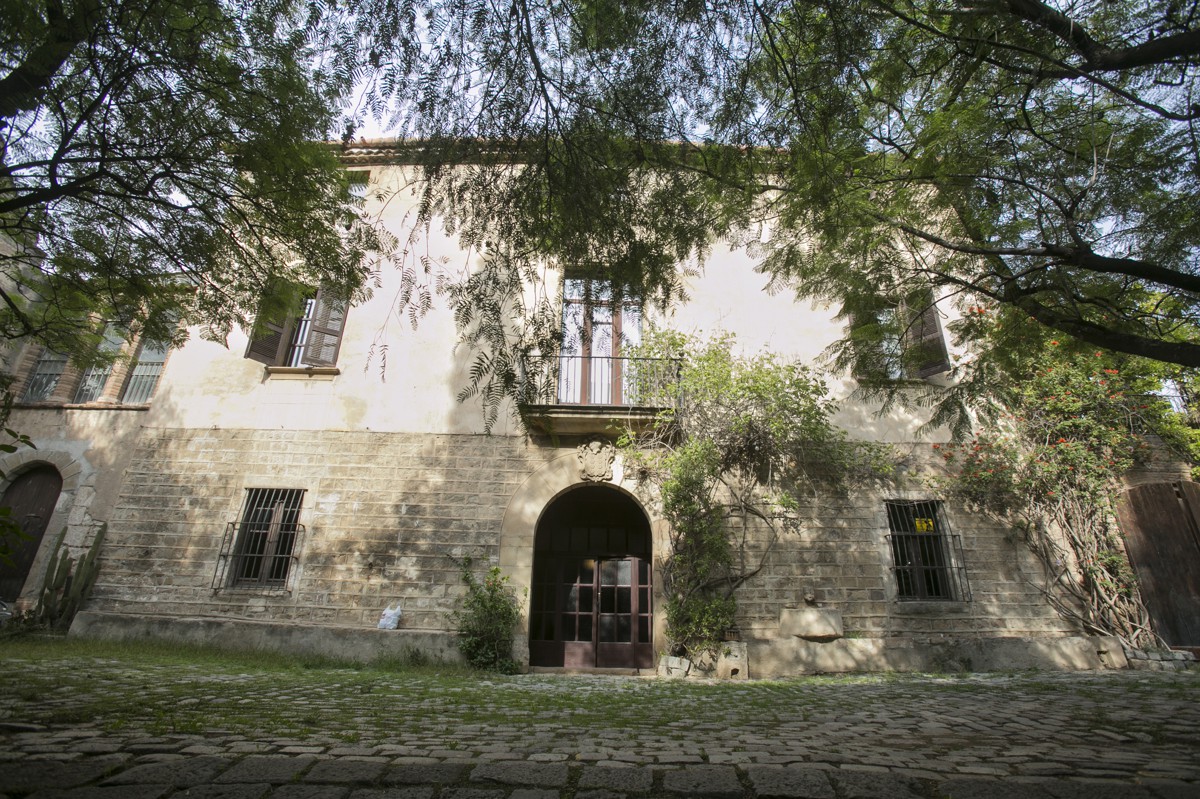meet.barcelona

Visit and love it
Ca l’Armera
Download date: 18/12/2025

The Ca l’Armera farmhouse is one of the last relics of country life that can still be found in Sant Andreu. It had been an economic and social reference point in the area until 1952.
-
Cultural heritage
Traces of an agricultural past
This is a square building with gateways on each side, made up of a ground floor, first floor and attic. It also has gallery passageways and a chapel. It is currently in good condition and has conserved all its original 18th-century interior decoration. Agricultural tools and ornaments and antique furniture have all been conserved.
A farmhouse with history
Its origins date back to the 16th century, though it was destroyed in 1714 and subsequently rebuilt in the neo-classical style, with neo-Gothic features. The Ca l’Armera farm used to be located along the path that joined Horta to Sant Martí de Provençals. It is one of the last relics of country life that can still be found in Sant Andreu. Also known as Can Ros, having been purchased by Ros i de Puig, it remained an economic and social reference point until 1952. There is plausible reason to believe it had been built over the remains of a possible Roman villa, given that work opening up Carrer del Cardenal Tedeschini in 1955 led to the discovery of several silos full of ceramic material, which was identified as Iberian or Roman.
The Ros family sold sixteen and a half hectares of land to the Congrés Eucarístic Housing Trust, to be used to build workers’ housing on, on the condition that the farmhouse’s perimeter area would be respected. The new urbanisation of the area generated 2,729 homes and 258 commercial premises.
 :
:
Location and contact
Location and contact

Ca l’Armera
- Address:
- C Cardenal Tedeschini, 32
- Districte:
- Sant Andreu
- Neighborhood:
- el Congrés i els Indians
- City:
- Barcelona
Timetable and prices
Observacions
La masia de Ca l´Armera és un dels pocs vestigis de la vida pagesa que encara segueix en peu a Sant Andreu. Originària del segle XVI, fou reconstruïda segons la norma neoclàssica l´any 1714. Fou un punt de referència econòmica i social a la zona fins al 1952, any en què la família Ros, propietària de la masia, va vendre setze hectàrees i mitja de terreny al Patronat de Vivendes del Congrés Eucarístic, amb la condició que es respectés el perímetre de la masia.
Discover other related points of interest
-
Canòdrom – Digital and Democratic Innovation Centre

C Concepción Arenal 165
-
Carrer Puerto Príncipe

C Puerto Príncipe 44
-
Villa Jazmines

C Francesc Tàrrega 22

